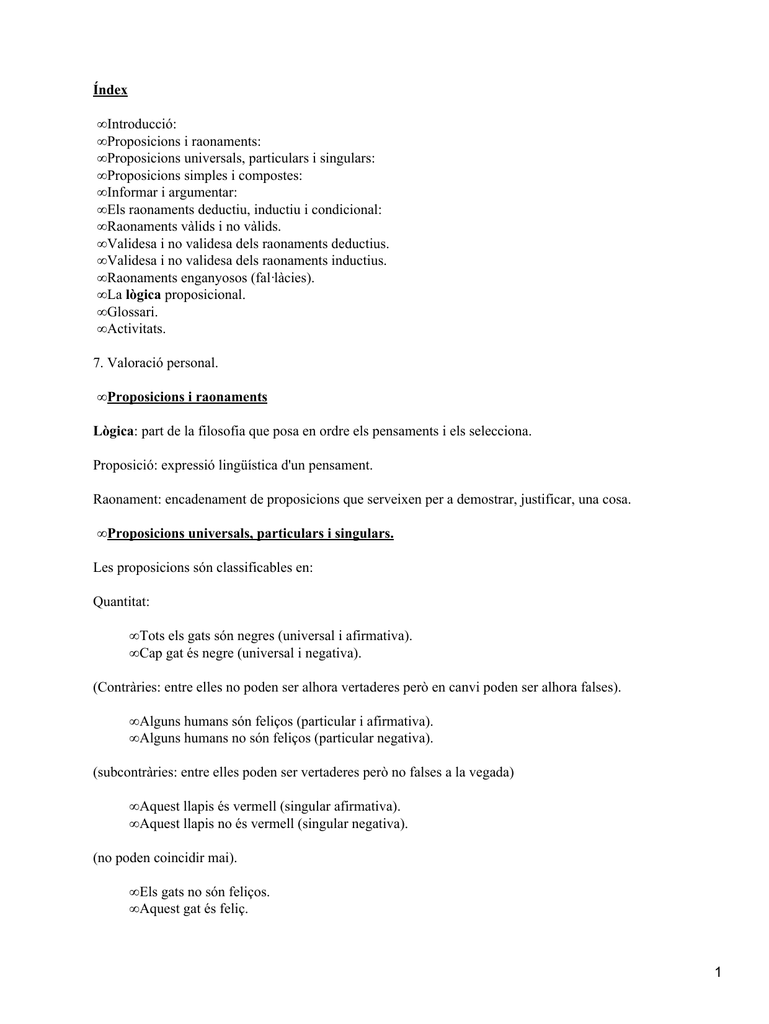


For example, freedom is one of the dominant values of modern society and to the extent that people believe that freedom is good, they value freedom.

If it is true, which it is, then there is some state of affairs that makes it true, namely the fact that Mount Everest is taller than Mount Kilimanjaro.Ī value is something good, or something one believes to be good. For example, the sentence “Mount Everest is taller than Mount Kilimanjaro” expresses a proposition it may be evaluated as true or false. A proposition is defined as a thought or content expressed by a sentence, when it is used to say something true or false.

Thus the values of love, goodness, and the desire to create preceded the facts of the created material universe.Ī fact is traditionally understood as a state of affairs that makes a proposition true. Furthermore, from the perspective of religions that believe in a personal God, God's very purpose for creating the cosmos is rooted in values: love and goodness and creativity rooted in the emotional core of His heart. Thus, any distinction between facts and value is secondary, for on the ontological level they are inseparable. The facticity of phenomena, however, is always surrounded by the ultimate question of the meaning of being. Much of the effort to establish the distinction between fact and value was for the purpose of arriving at a value-free, objective description of facts-on the positivistic premise that only facts are relevant in the search for truth, not values. If scientific language is not purely descriptive, then any sharp contrast between factual and evaluative language will be misconceived. Secondly, some have argued that science is itself an evaluative enterprise. A realist may argue that the sentence “freedom is good” aims to state a fact, and, moreover, succeeds in doing so. Firstly, moral realists argue that evaluative language is fact stating. The fact-value distinction is much contested and resistance comes from opposite directions. The emotive and imperatival functions of evaluative language are, crucially, not attempts to state facts. Saying that “kindness is good” is a way of telling people that they should be kind. Similarly, prescriptivists argue that evaluative language aims to get people to make certain choices. More particularly, emotivists argue that evaluations serve to express the speaker’s feelings and attitudes: saying that “kindness is good” is a way of expressing one’s approval of kindness. Evaluative judgments are said to fulfill special non-descriptive roles, that is, do something other than state facts. On this view, although the sentences “Roses are red” (descriptive) and “kindness is good” (evaluative) have a similar grammatical form, their linguistic functions are markedly different. For example, freedom is one of the central values of modernity and to the extent that people believe that freedom is good, they value freedom.Ī great deal of twentieth century moral theory sustained a sharp divide between facts and values-the fact-value distinction. A value is something good, or something one believes to be good. For example, it is a fact that Mount Everest is taller than Mount Kilimanjaro.


 0 kommentar(er)
0 kommentar(er)
